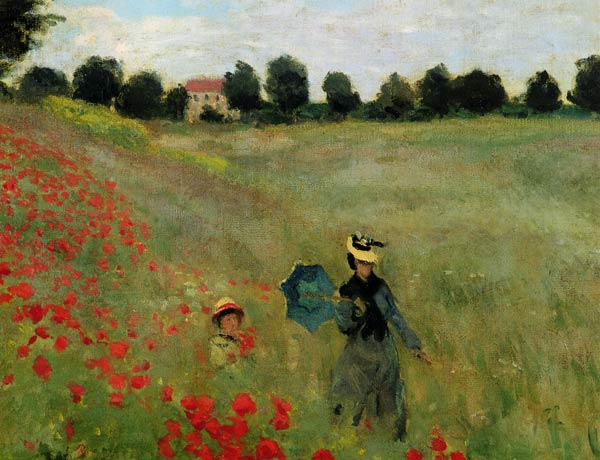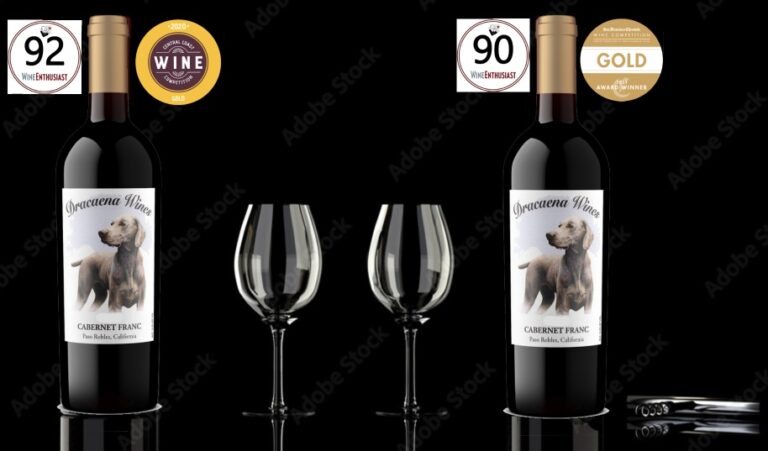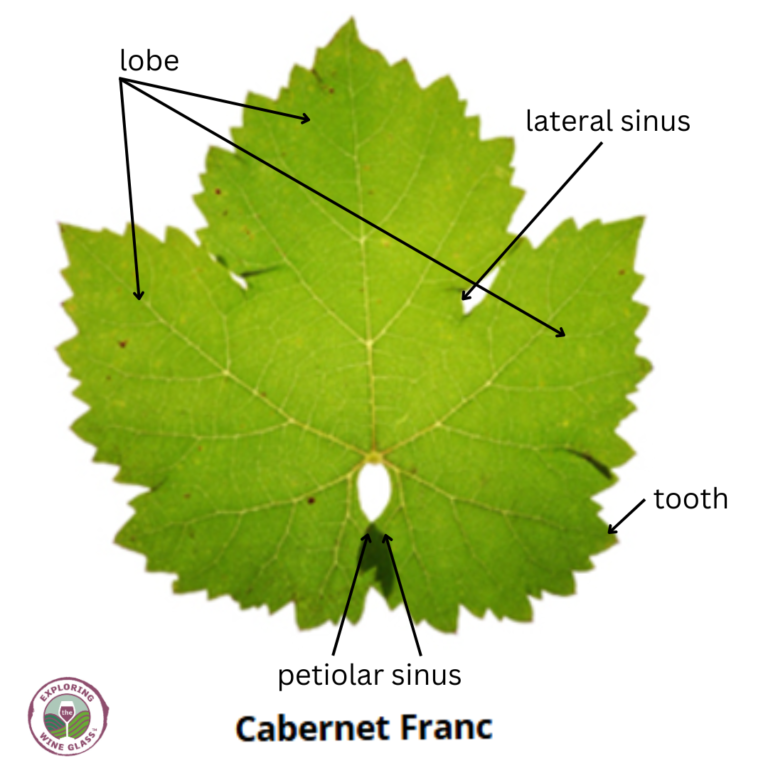The illustrious perfect wine. Can there really be a perfect wine? If there is, does an individual or a group get to decide what is perfect for you? Wine tasting is a very subjective action. It’s not like a multiple choice test when you were in school, where there was a correct answer and you were either right or wrong. Wine is different. Wine is personal, wine is a living organism that an individual either loves or doesn’t. What one person finds captivating, another finds disenchanting. It’s a book that someone picks up and can’t put down while another person can’t get through the first chapter.
Maybe acquiring that tasting score is more equated to judging a dog show. Each dog breed has a standard that it must be judged against. Since Dracaeana Wines was named after our beloved Draco, I will use the AKC standard for the weimaraner as an example.
 |
| Yes, Draco loved to pose |
Under the category of General Appearance the weimaraner is a “medium-sized gray dog, with fine aristocratic features. He should present a picture of grace, speed, stamina, alertness and balance. Above all, the dog’s conformation must indicate the ability to work with great speed and endurance in the field.” In addition to general appearance, there is a specific height, head, coat color, forelegs, hindquarters, feet, tail, gait and temperament standards. A weimaraner is a very distinguished breed, to a person walking down the street,they all look the same, yet in the ring, they are very distinctive from each other.
Similarly, there is a standard for each varietal of wine. Like all wine varietals, Cabernet Franc, the wine we produce, has a standard. As stated in the Oxford Companion to Wine and adapted by Jim LaMar of winepros.com, this chart demonstrates the expected flavor profile for Cabernet Franc.
| *Typical Cabernet Franc Smell and/or Flavor Descriptors |
| *Typicity depends upon individual tasting ability and experience and is also affected by terroir and seasonal conditions, as well as viticultural and enological techniques. This list therefore is merely suggestive and neither comprehensive nor exclusive. |
Varietal Aromas/Flavors: |
Processing Bouquets/Flavors: |
| FRUIT: black currant, raspberry, plum |
OAK (light): vanilla, coconut, sweet wood |
| FLORAL: violet |
OAK (heavy): oak, smoke, toast, tar |
| SPICY: black licorice |
|
| VEGETAL: asparagus, bell pepper, gooseberry (methoxy-pyrazine) |
BOTTLE AGE: musk, mushroom, earth, cedar, cigar box |
I don’t know about you, but I have never tasted a cigar box, or tar for that matter, however, Cabernet Franc is one of my favorite wine varietals. Through the years, these profiles have become typically expected in Cabernet Franc. Just as one breeder chooses to breed for a larger chest or a shorter head in a weimaraner, each vintner creates his wine with a standard he or she prefers in that varietal. With that being said, I may like one winery’s Cab Franc much more than another’s, but that doesn’t necessarily mean that one wine is BETTER than the other. I just prefer one’s tasting profile over the other – it is my opinion.
Which brings me back full circle to that score and what’s behind the number. There are basically three scoring systems that are used.
http://www.wine-searcher.com/wine-scores.lml will provide you with popular scoring scales if you are not familiar with them.
My personal belief, and I stress personal, about wine scoring is that the 100 point score, although by far the most common also allows for the most statistical inaccuracy, thereby making that number mean less. First, the basement is a 50, not zero. Why not make the scale 0 to 50 then? My thought is because people like the higher number. Think back to your school days. 100 on a test sounded so much better than 25/25. Using such a wide scale when I taste wine, makes me a little more skeptical about giving that big number. Is the nose of a particular wine worthy of 100%, then you have the color, mouth and the finish to mention just a few of the variables. That a lot of variables to add to perfection. Think about when you answer one of those online surveys. If the scale is 1 – 5 and you were happy with the results, you give a 5 pretty easily (or at least I do). But when the scale goes up to 10, now it seems that they really needed to do something special to get that 10. I am more apt to give an 8 or a 9. Seems like a good grade. But giving a 4 out of 5 (that same 80% than if I gave an 8/10) seems a little more daunting, doesn’t it? The scale is smaller so most people tend to be more generous. When you escalate that scale to 100, wow, now there is a lot more range to truly give your personal opinion and I think a typical taster will shy away from the extremes of the scale. No one wants to rate someone extremely poorly, but at the same time are they worthy of perfection?
When you are choosing the wine, whether it will be a Dracaena Cab Franc, or any other wine, please keep this blog entry in mind. First and foremost, drink what you like to drink. Personal preference is what matters most. You are allowed to like wines that your friends do not. (more wine for you) Please do not drink a wine solely because someone else rated it a high score. Remember that score is relative. Just because a certain well known wine critic rates a wine as exceptional, that person does not know your taste inclinations. Their 90 may be your 80, or even lower. Remember, wine making is an art. Just as you walk into an art gallery and are instantly drawn to a particular piece with passion, a vintner puts that passion into creating the wine. They treat it like a child, they nurse it while its young, wait patiently as it matures, and adds their personal touch in blending to turn it into a mature wine that represents the profile that the wine maker wants to present to their customers. In that museum, there is a lot of different types of art, because different people like different things. Analytic Cubism is very different than Impressionism.
 |
| Weeping Woman, Picasso |
 |
| Poppies, Claude Monet |
You may like them both, hate them both, or like one and not the other. But that is your opinion. I don’t think anyone can argue that Monet is a better artist than Picasso, or the other way around. Same with wines. There shouldn’t be an argument that one wine is better than another. You simply prefer one wine over the other. So the next time you have a glass of wine, forget the numbers, and decide simply, whether you like it or not. Then go to the wine store and buy more or try something else.
~Slainte!




Like this:
Like Loading...







Another point of contention with the 100 point scale is that many of the big critics, Robert Parker is one, use aging potential as part of the score. This makes it impossible for most whites and many red varietals to ever achieve 100 points. You could argue that if a wine requires many years of aging to hit its peak, maybe the score should be reduced.
Hi Peter, Thanks for your comment. You make an excellent point. RP has a loyal following of fans that use his ratings and his tasting ability to determine a good, very good, or excellent wine. If that following has blindly tasted his range of good to excellent wines and they agree with his scores, then they possess the ability to purchase wines which they know will be good to excellent without needing to buy blindly and risk purchasing a poor wine. (which I doubt has happened)
In terms of aging, since it is more and more common practice that people are purchasing wines to drink in the 3-5 year range, then most definitely, the score should be reduced if it requires significant aging to reach its peak.
That stated, if the individual only purchases RP excellent wines, they are potentially missing out on the entire world of wine which RP does not agree. This is an injustice to your own palate and enjoyment of wine beyond RP scores.